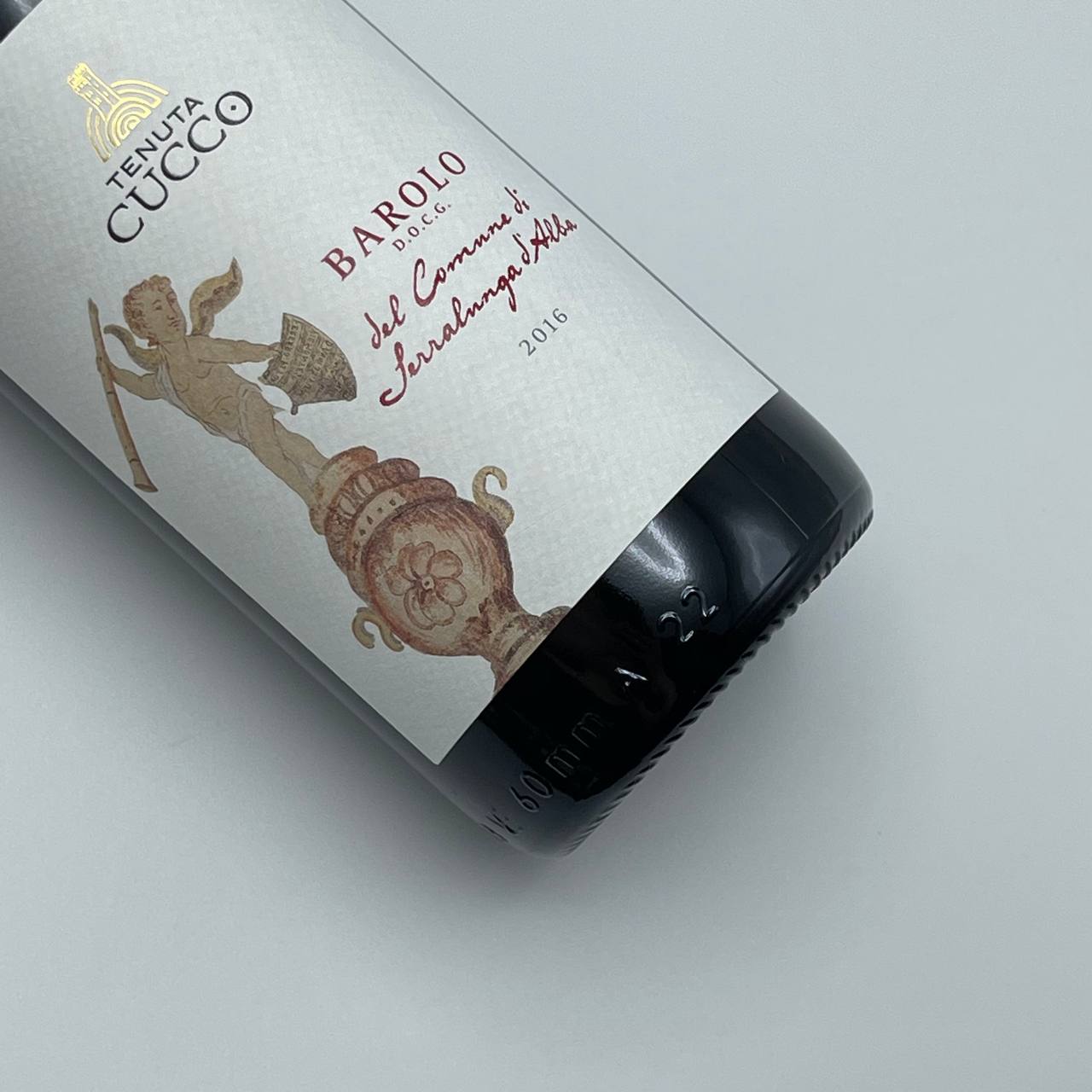Barolo, the renowned red wine from the Piedmont region of Italy, is renowned for its complex flavors, tannic structure, and aging potential. While the allure of this iconic wine is undeniable, questions often arise regarding its optimal serving conditions, particularly the need for aeration or “breathing.

Does Barolo Need to Breathe?
The answer to this question depends on the age of the Barolo. Younger Barolo, typically less than 10 years old, benefits significantly from decanting, a process that allows the wine to come into contact with air, facilitating the softening of its tannins and the release of its complex aromas. This process, called oxidation, enhances the wine’s overall balance and approachability.
For older Barolo, decanting is not always necessary. The wine’s tannins have mellowed over time, resulting in a more supple texture. Decanting can still be beneficial, allowing the wine to breathe and reveal its more subtle nuances. However, older Barolos can also be enjoyed directly from the bottle, allowing their unique character to shine without excessive aeration.
How Long Does Barolo Need to Breathe?
The decanting time for Barolo varies depending on its age. Younger Barolo, typically less than 10 years old, should be decanted for at least two hours, allowing the tannins to soften and the aromas to fully develop. For older Barolos, decanting for an hour or two should suffice, but longer periods can also be beneficial.
Here’s a general guideline for decanting times for Barolo:
- 3-5 years old: Decant for 2-3 hours
- 5-10 years old: Decant for 3-4 hours
- Over 10 years old: Decant for 1-2 hours
As a general rule, it’s always better to err on the side of decanting for too long rather than too short. Over-decanting will not harm the wine, but under-decanting can prevent the wine from reaching its full potential.
Serving Barolo: The Art of Aeration
In addition to decanting, there are other ways to aerate Barolo, such as opening the bottle and letting it stand for an hour or two before serving. This allows the wine to “breathe” slowly and gently, without the need for a decanter.
Regardless of the aeration method used, it’s essential to serve Barolo in appropriately sized glasses. Use large, tulip-shaped glasses that allow the wine to breathe fully and showcase its rich aromas.
Conclusion
Barolo, with its complex flavors and aging potential, deserves to be enjoyed at its best. While older Barolos may not require extensive decanting, decanting younger Barolos can
significantly enhance their overall experience. By understanding the nuances of Barolo’s aging and decanting, wine enthusiasts can unlock the true essence of this iconic Italian wine















